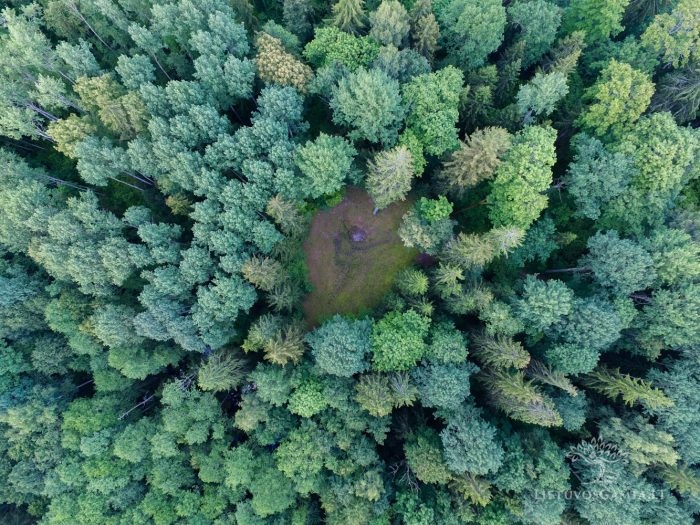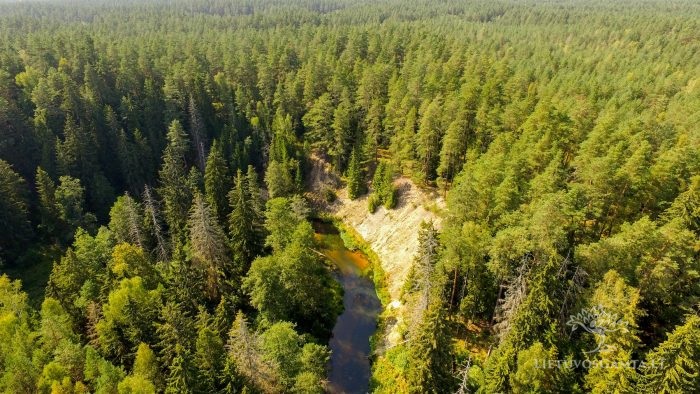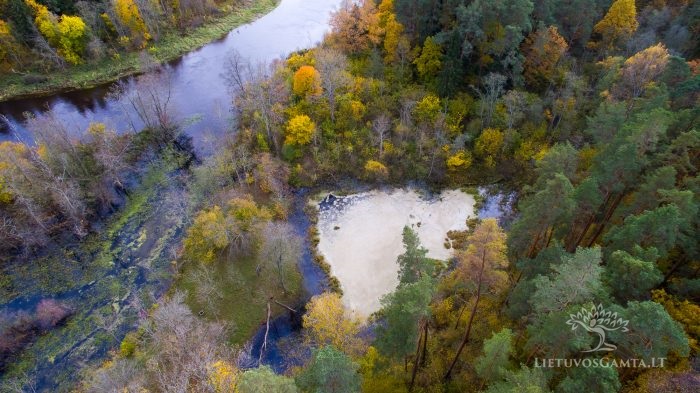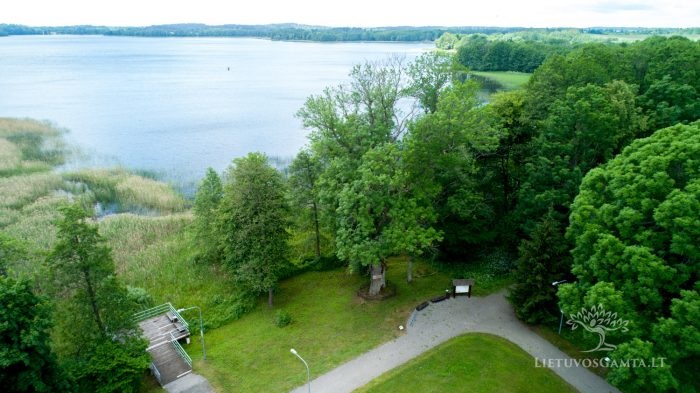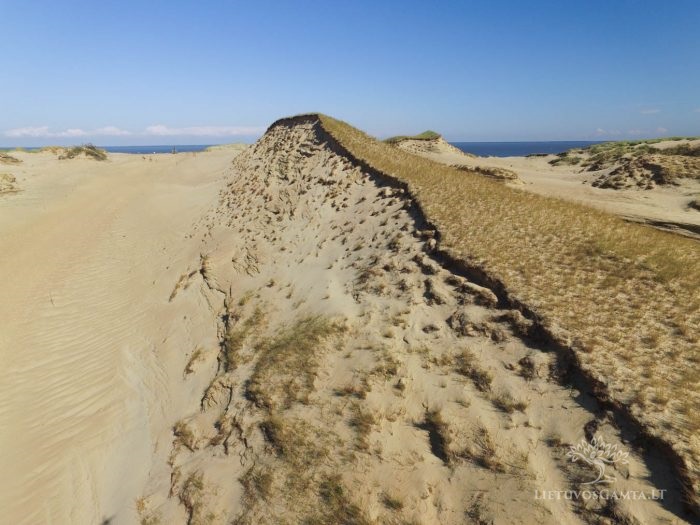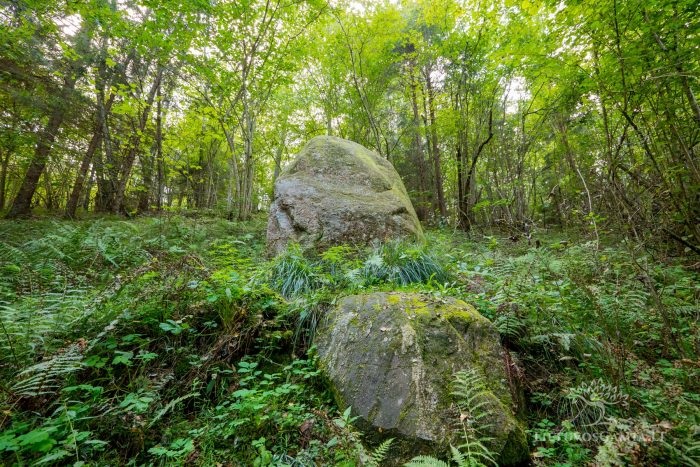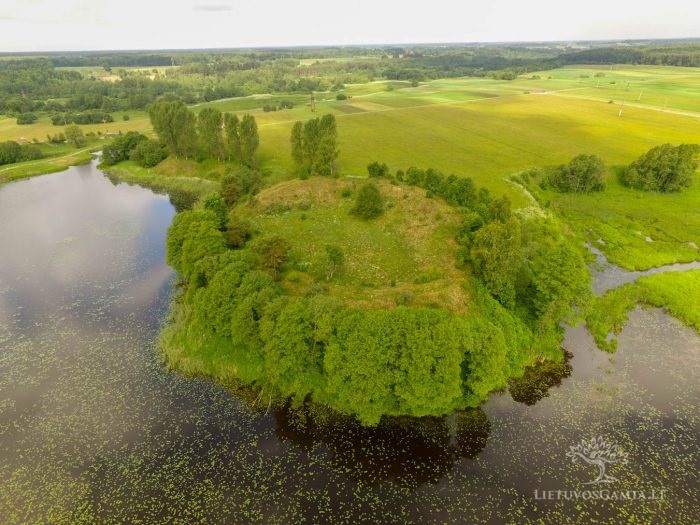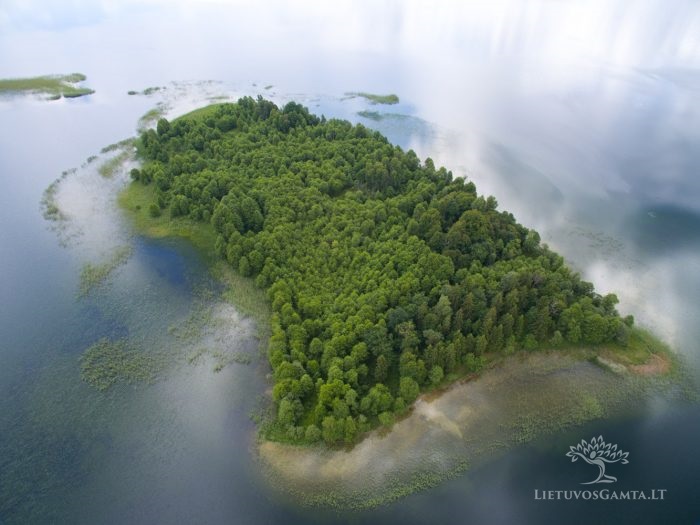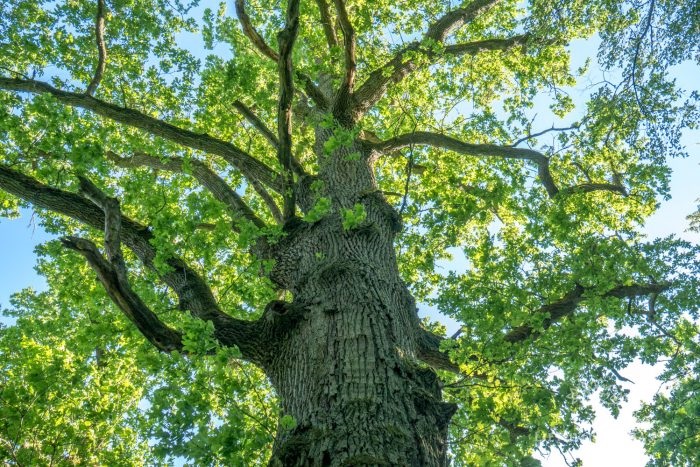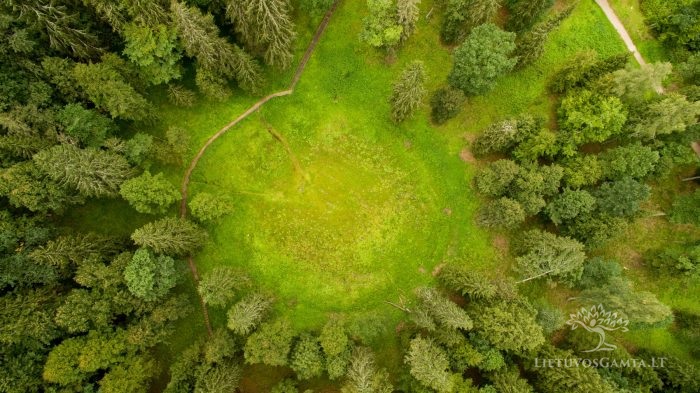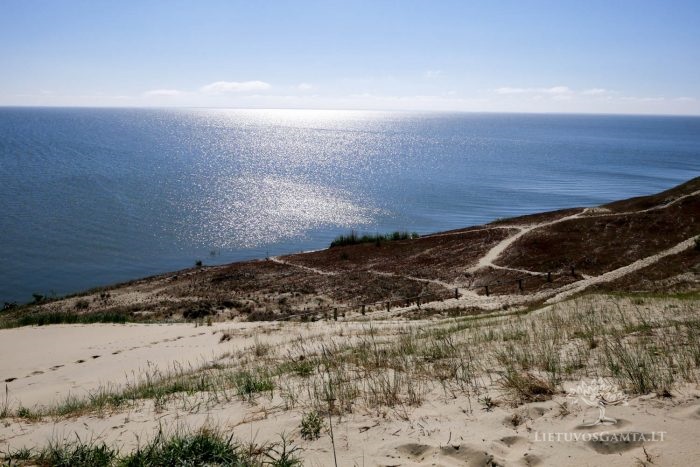New project – virtual help for the ones traveling across Lithuania
Every traveller knows that a well-though out route is already half the success of the trip. And if you’d look into the history of the famous objects, you will make the best not only of your own time but of your fellow travellers as well. It is way easier for the independent travellers to plan their trip to the famous places of Lithuania now – all you have to do is visit the website www.lietuvosgamta.lt.
